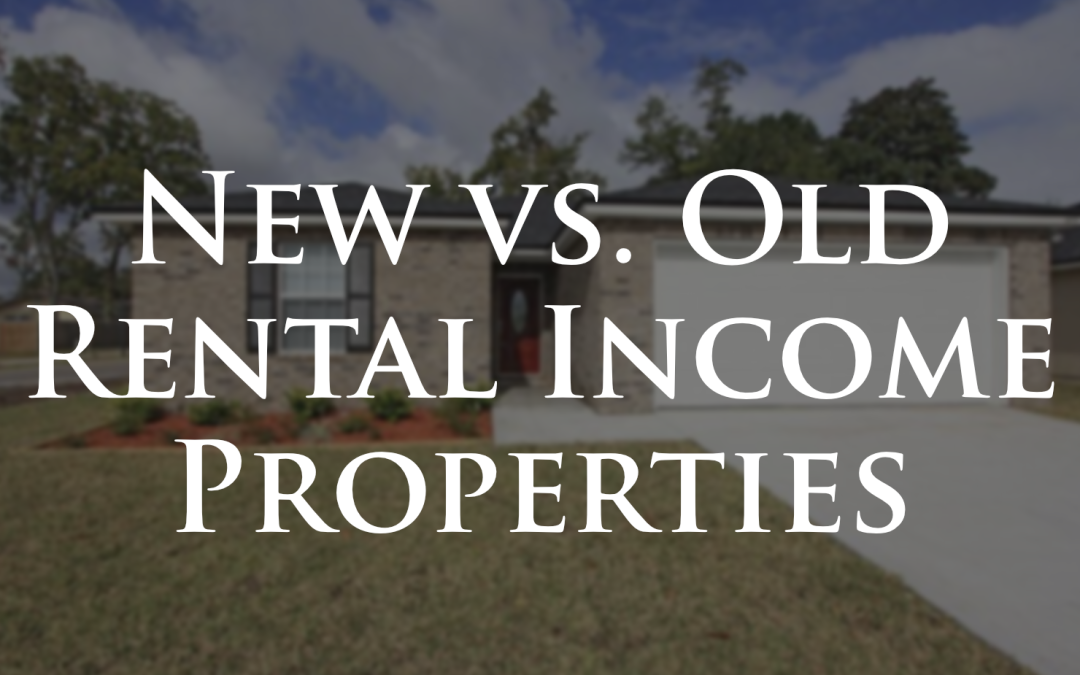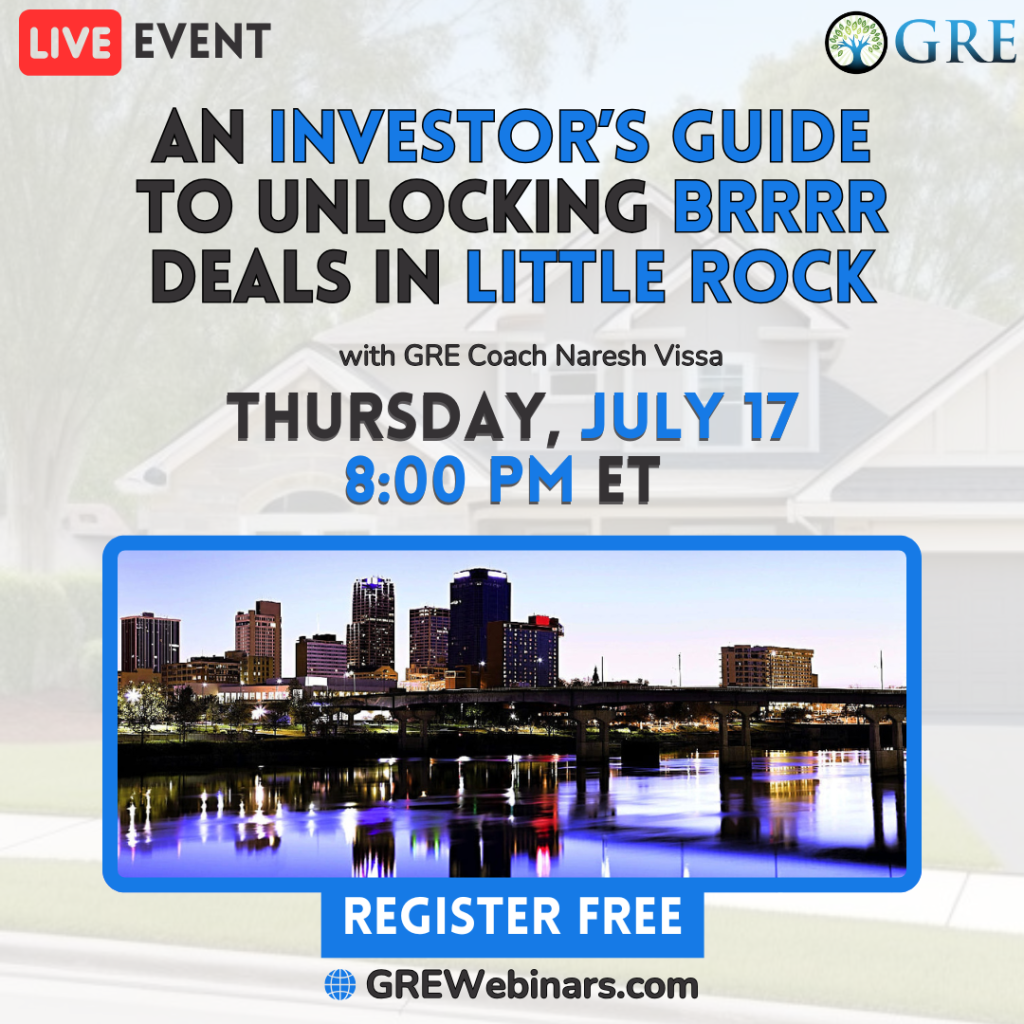What’s better: existing or new construction rental property?
Like with most real estate answers: “It depends.”
If you prefer video format, click the video below.
Before we look at your trade-offs with each type, understand that new construction turnkey property was almost non-existent until recently.
That’s because during the housing crisis of 2007 – 2010, home prices fell far below replacement cost.
Therefore, builders couldn’t make new developments feasible until existing property prices rose this past decade.
There was also an oversupply of housing back then. Absorption took time.
It sure has been absorbed.
In many markets today, the housing that makes the best rentals is undersupplied.
That’s why new construction makes sense again.
Let’s look at the advantages of both existing and new construction.
Existing Construction:
1. Lower purchase price.
2. Better cash flow. This is especially true in the early years. The early dollars are your most important.
3. Established property. You’re assured that the foundation won’t settle. You know that the topsoil grows grass.
4. Established neighborhood. You already know who the neighbors are.
5. Investment safety. You see, because residents have lived in established neighborhoods longer, they’re more likely to have substantial equity in their property.
Why would you care if your neighbors hold high equity positions?
If there’s a recession, this means that residents are less likely to walk away from their home. This hedges against foreclosures and a valuation downdrain like we saw in the 2007 – 2010 housing crisis.
6. Lower property taxes.
7. Location. Existing construction often means you’re closer to parks and city centers. Residents have shorter commute times. This aids in tenant retention.
8. Availability. Amidst a dearth of supply in the greater housing market, there are more existing structures available for turnkey investment property. New construction is quickly catching up.
9. Timeline. Construction delays are less likely.
New Construction:
1. Better appreciation.
2. Higher tenant quality. New features attract a larger tenant pool to choose from.
3. Longer duration tenancies. It’s harder for a tenant to find a better situation, unless they leave to become a homeowner.
4. Fewer maintenance costs.
5. Modern amenities. Layouts with open floor plans and a higher bathroom count.
6. Lower property insurance costs.
7. Better vendor warranties.
8. Utilities. New homes are more energy efficient, lowering utility bills. However, the tenant often pays this for you.
Of course, this is general guidance.
Based on regional and other factors, you can surely find some “exceptions” to these criteria.
These trade-offs can help you decide what’s more important to you as a real estate investor.
Of course, knowledge is of little use without action.
When you understand that real estate pays you up to five ways simultaneously, it makes sense to start with an experienced turnkey property provider – whether it’s existing or new.
“Turnkey” means property that’s already renovated, tenanted, and under management on that day that you buy.
That’s what makes this an investment, not a job.
To purchase turnkey income property through the same website where I buy my own, build your portfolio at: www.GREturnkey.com
Thought getting your money to work for you creates wealth? It doesn’t! That’s a myth. My one-hour investing video course is now 100% free: Real Estate Pays 5 Ways. For a limited time, you can learn how wealth is really created, here.




